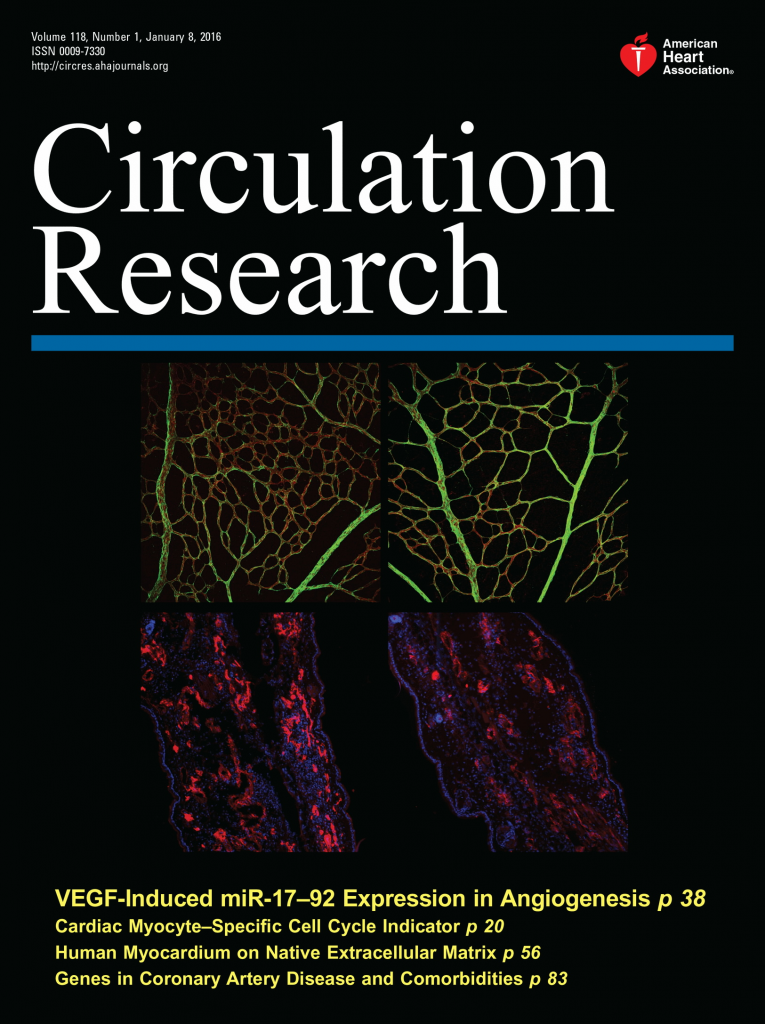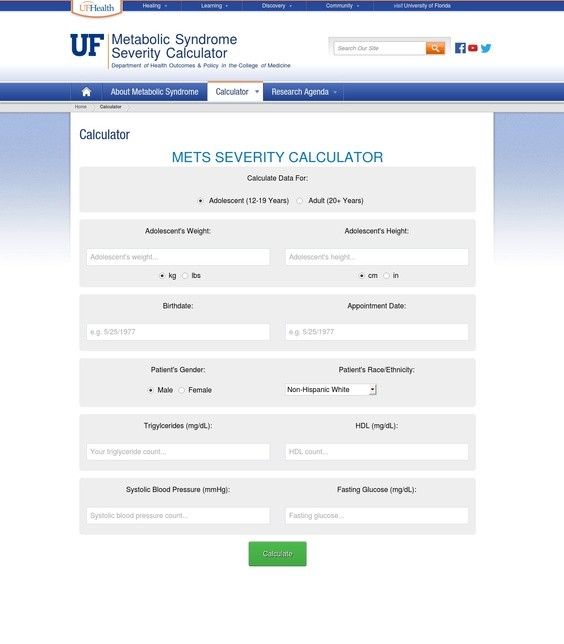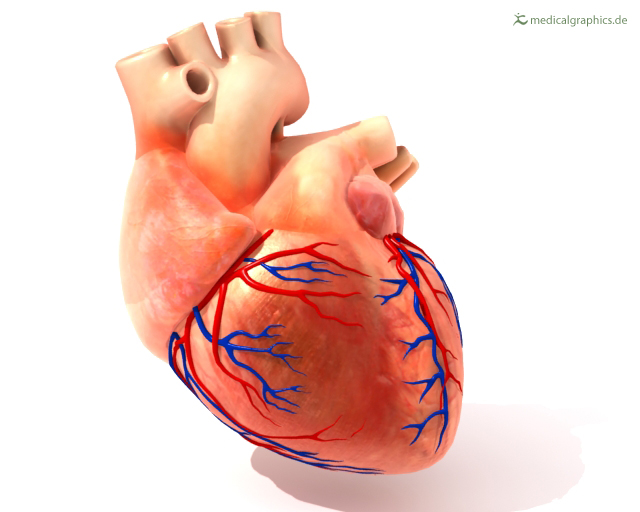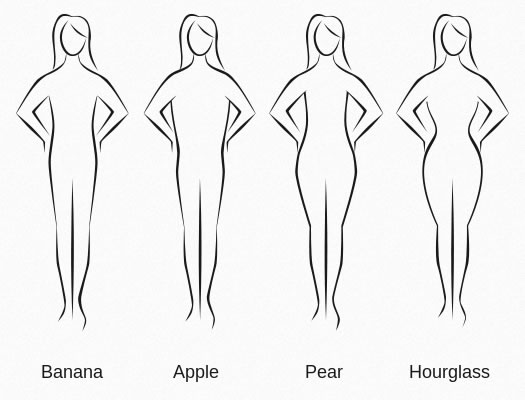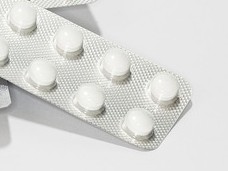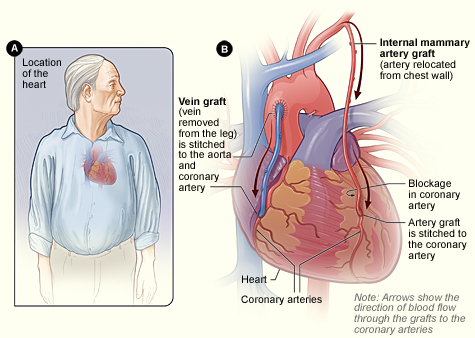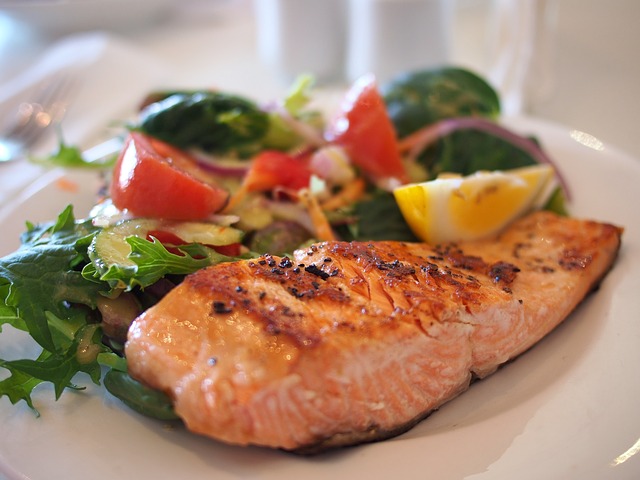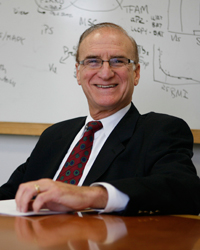For a team of Vanderbilt investigators trying to generate heart muscle cells from stem cells, a piece of broken equipment turned out to be a good thing.
The faulty equipment pushed the researchers to try a different approach. They recently reported their new method — using a “Matrigel mattress” to rapidly generate cardiac cells suitable for heart disease studies and drug discovery — in the journal Circulation Research.
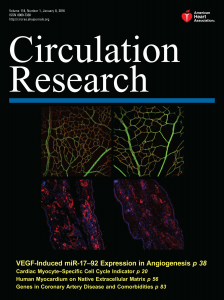
The new method addresses a problem researchers have had with cardiac muscle cells derived from human induced pluripotent stem cells.
The stem cell-derived cardiac cells did not exhibit contractile properties similar to normal adult cardiac muscle cells, said Charles Hong, M.D., Ph.D., and Björn Knollmann, M.D., Ph.D., who collaborated to develop the new method.
The researchers believed the problem was that growing the cells on the usual glass or plastic surfaces didn’t allow them to mature into beating cardiac cells.
Instead, they aimed to grow the cells on “a flexible substrate, to hopefully allow the cells to mature and contract, so that we could make measurements at the single-cell level,” said Hong, associate professor of Medicine.
Continue Reading Below ↓↓↓
The team had achieved some success toward this goal using synthetic substrates such as polyacrylamide, which requires exposure to ultraviolet light to form a gel substrate.
Then the ultraviolet light was broken.
T.K. Feaster, Ph.D., who was a graduate student in the lab, decided to try a different type of gel — a natural matrix product called Matrigel. Matrigel is commonly used to culture cells, but it is usually diluted. Feaster decided to use undiluted Matrigel to create a cushiony “mattress” — his term — for the cells.
It worked. The stem cell-derived cardiac muscle cells grew on the Matrigel mattress with shape and contractile parameters that matched freshly isolated cardiac muscle cells, and they responded to drugs that increase the force of contraction.
The simplicity of the method makes it very attractive.
“Now we can quickly and inexpensively generate these human cardiac myocytes and quantify contractile responses in single cells,” said Knollmann, professor of Medicine.
The key to the success of the Matrigel mattress appears to be a combination of the flexible substrate and unknown growth factors in the Matrigel that promote cell maturation, Knollmann added.
Because human-induced pluripotent stem cells can be generated from patients with genetic heart diseases, it is now possible to study the underlying biology of the disease in single cardiac muscle cells.
The two groups are pursuing mechanistic studies to understand how the contractile apparatus and calcium interact in cells from patients with heart disease.
“Once we know the mechanism, we can also use the cells from patients to test potential therapies,” Knollmann said.
Continue Reading Below ↓↓↓
Hong’s group is working to miniaturize and standardize the Matrigel mattress to develop a drug discovery platform. The aim, he said, is to do high throughput screens to find novel therapies.
In the case of hypertrophic cardiomyopathy, a condition in which the heart muscle becomes thick and must work harder to pump blood, for example, there are no effective pharmacologic therapies, Hong said.
“There’s a big need for drug discovery for heart disease.”
The stem cell-derived cardiac cells will also be useful for testing the cardiotoxicity of drugs being developed for other conditions.
This research was supported by grants from the National Institutes of Health (HL088635, HL071670, HL108173, HL104040) and from the American Heart Association and by a Veterans Administration Merit Grant.
Source: Vanderbilt University Medical Center
Journal: Circulation Research

